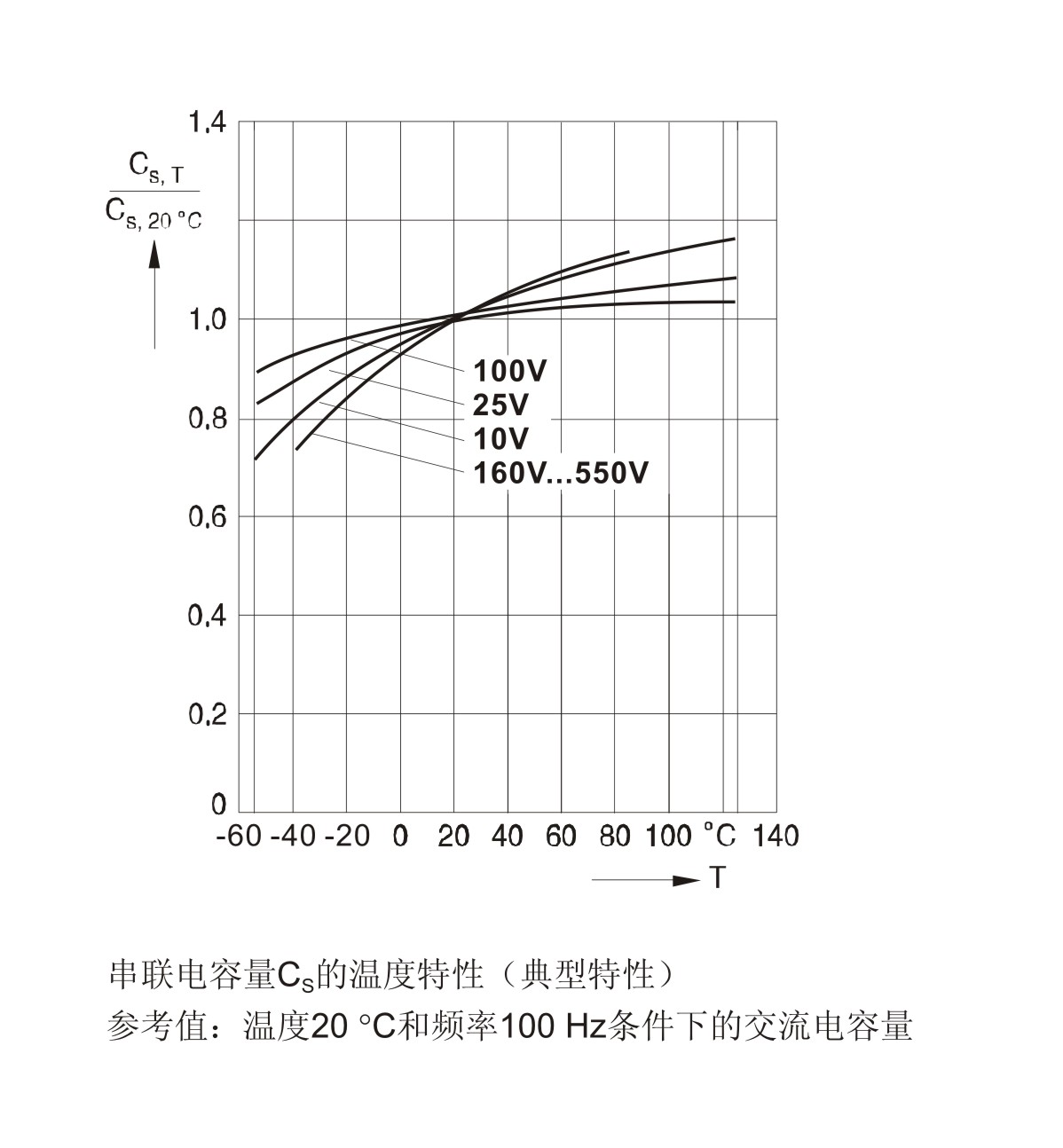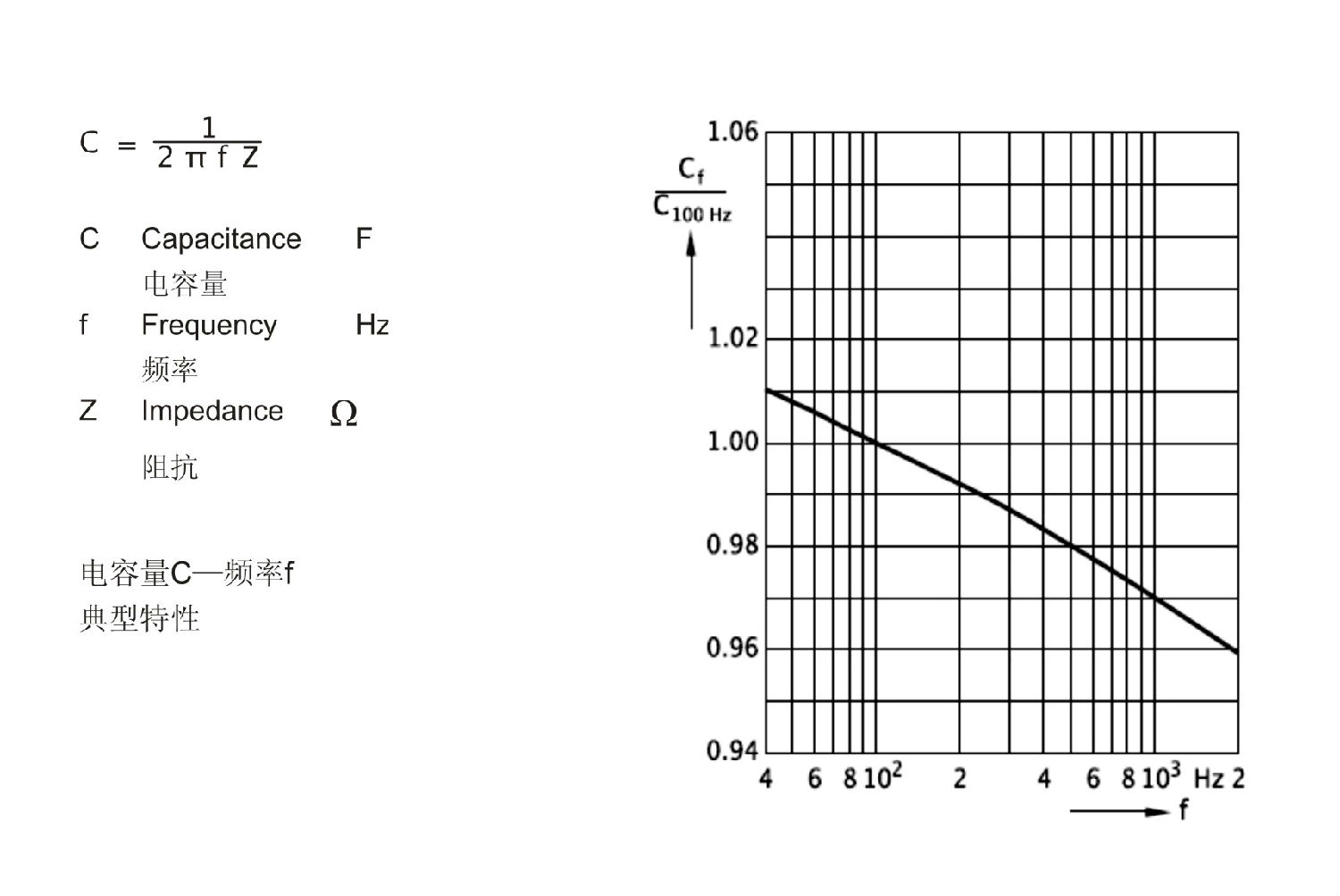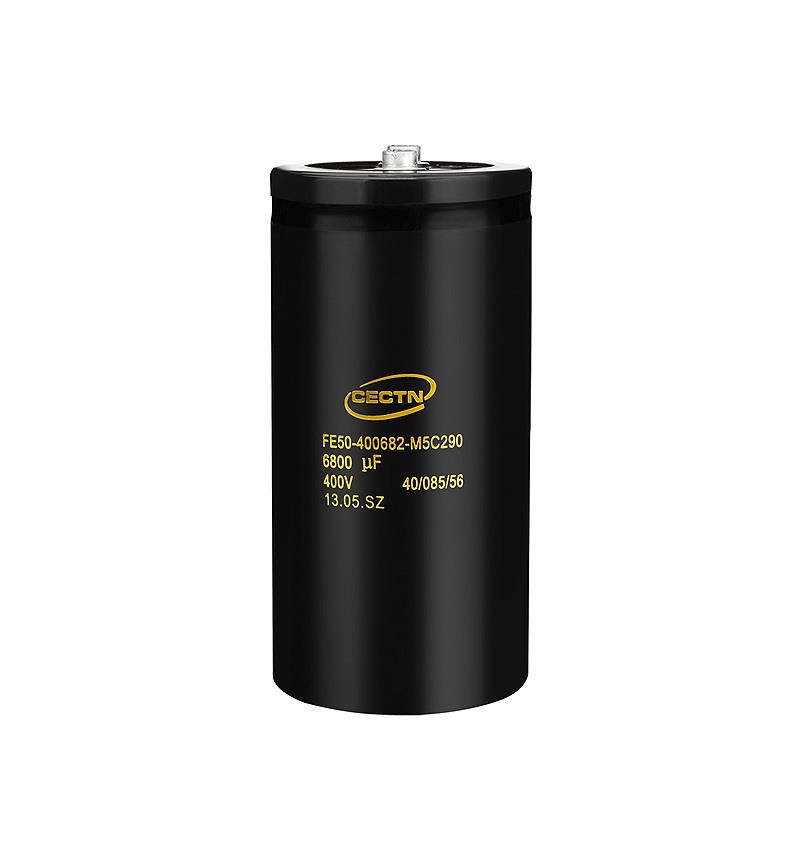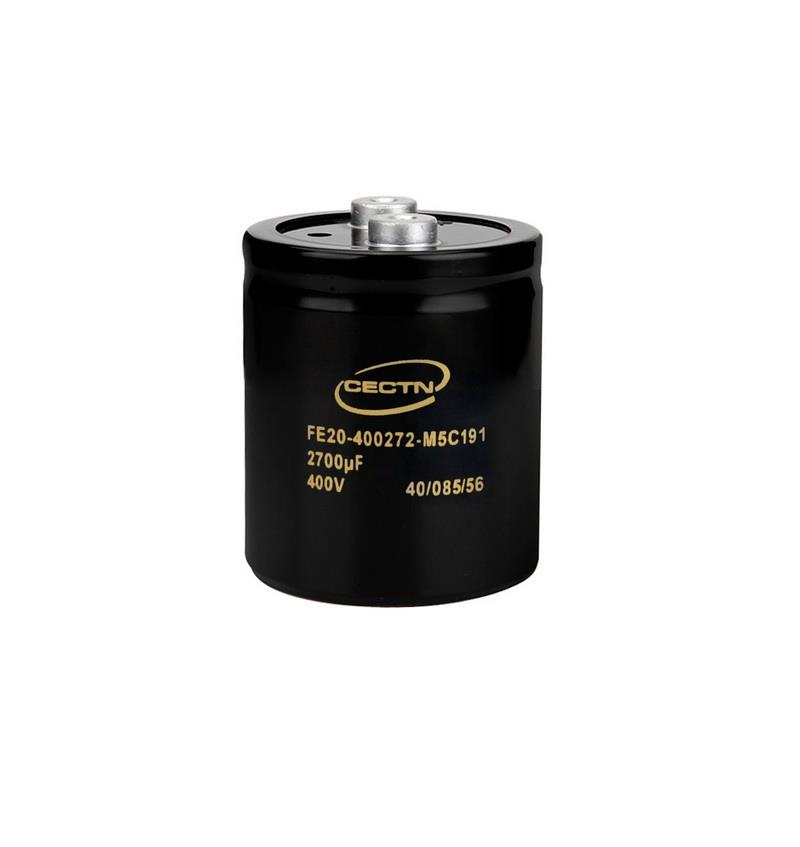1. AC and DC capacitance
The capacitance of a capacitor can be determined by measuring its AC impedance (considering amplitude and phase) or by measuring the charge retained when a DC voltage is applied. There is no significant difference between the two methods. In general, the measurement value based on DC voltage (DC capacitance) is higher than that based on AC voltage (AC capacity), and the specific ratio is about 1.1-1.5. When measuring low voltage, the maximum difference will be produced.
In most applications, such as smoothing and coupling, the AC capacity of aluminum electrolytic capacitors is usually measured.

Simplified equivalent circuit diagram of aluminum electrolytic capacitor
Therefore, the capacitive component of equivalent series line (series capacitance CS) can be determined by loading AC voltage less than or equal to 0.5V. As AC capacity depends on frequency and temperature, IEC 60184-1 and ice 60384-4 stipulate that the measurement frequency is 100Hz or 120Hz and the measurement temperature is 20 ℃ (other reference values can be set if there are special requirements).
In other applications (such as discharge circuit and timing element), DC capacitor plays a decisive role. In addition to this case, the AC method is also suitable for these applications, but some corrections are needed to compensate for the difference between the two measurements.
2. Rated capacitance Cr
The rated capacity is the AC capacity value used for the design of the capacitor and marked on the capacitor. CR can be measured according to the specific measurement methods in IEC 60384-1 and ice 60384-4. Reference values are derived from E3 or E6 series.
According to ice 60384-4, the capacitance was measured at 100Hz or 120Hz and 20 ℃.
3. Capacitance tolerance
Capacitance tolerance is the range of actual capacitance deviating from specific rated capacitance. Kaiqijia uses the code letters specified in IEC 60062 to mark the capacitance tolerance on the electronic components; the relevant letters are also part of the order code.
4. Capacitance temperature characteristic
The capacitance of aluminum electrolytic capacitors will not remain constant under all working conditions. Temperature has a great influence on capacitance. When the temperature drops, the viscosity of the electrolyte will increase and the conductivity will decrease. See the figure below for typical features.

Simplified equivalent circuit diagram of aluminum electrolytic capacitor
Therefore, the capacitive component of equivalent series line (series capacitance CS) can be determined by loading AC voltage less than or equal to 0.5V. As AC capacity depends on frequency and temperature, IEC 60184-1 and ice 60384-4 stipulate that the measurement frequency is 100Hz or 120Hz and the measurement temperature is 20 ℃ (other reference values can be set if there are special requirements).
In other applications (such as discharge circuit and timing element), DC capacitor plays a decisive role. In addition to this case, the AC method is also suitable for these applications, but some corrections are needed to compensate for the difference between the two measurements.
2. Rated capacitance Cr
The rated capacity is the AC capacity value used for the design of the capacitor and marked on the capacitor. CR can be measured according to the specific measurement methods in IEC 60384-1 and ice 60384-4. Reference values are derived from E3 or E6 series.
According to ice 60384-4, the capacitance was measured at 100Hz or 120Hz and 20 ℃.
3. Capacitance tolerance
Capacitance tolerance is the range of actual capacitance deviating from specific rated capacitance. Kaiqijia uses the code letters specified in IEC 60062 to mark the capacitance tolerance on the electronic components; the relevant letters are also part of the order code.
4. Capacitance temperature characteristic
The capacitance of aluminum electrolytic capacitors will not remain constant under all working conditions. Temperature has a great influence on capacitance. When the temperature drops, the viscosity of the electrolyte will increase and the conductivity will decrease. See the figure below for typical features.

6. Resistance to charge and discharge
Frequent charge / discharge cycles result in a decrease in capacitance. After careful design, kaiqijia aluminum electrolytic capacitor can withstand charge and discharge. This means that the charge discharge cycle of 106 will only lead to capacitance loss less than 10% (charge discharge test is conducted according to iec60384-4 standard).
 0086-13506000711
0086-13506000711
 400V 6800μF screw capacitor
400V 6800μF screw capacitor 400V 2700μF screw capacitor
400V 2700μF screw capacitor 中文版
中文版